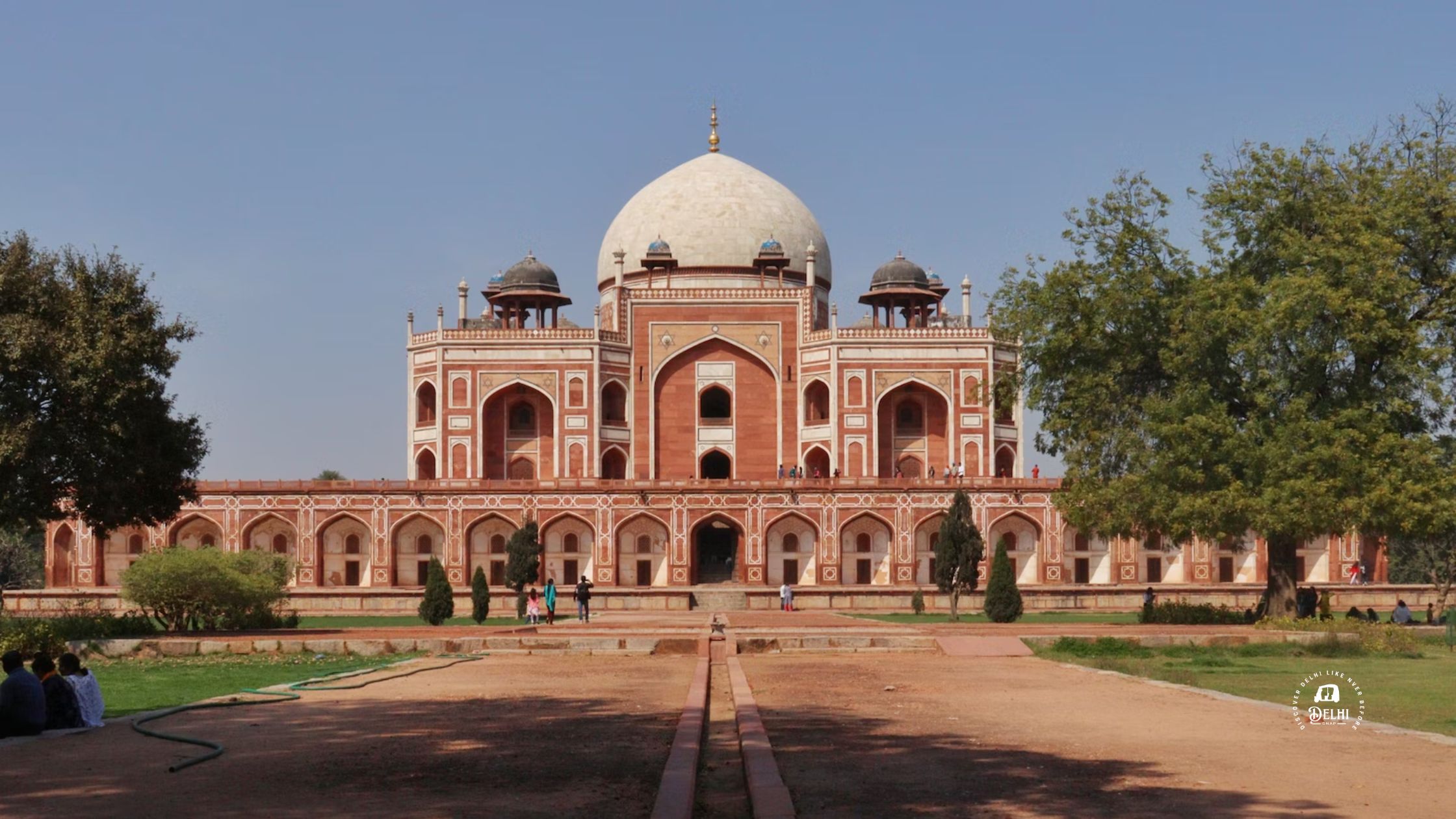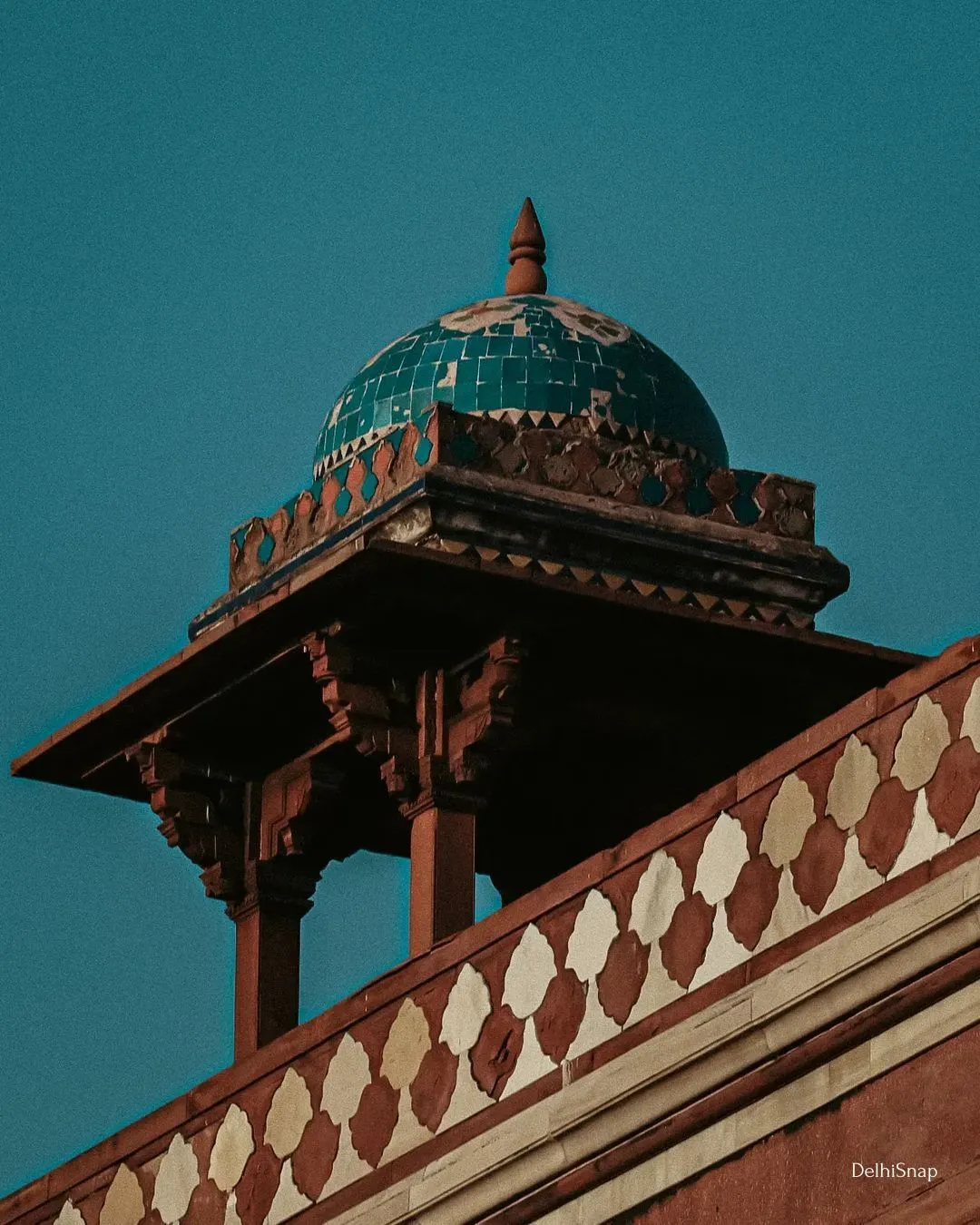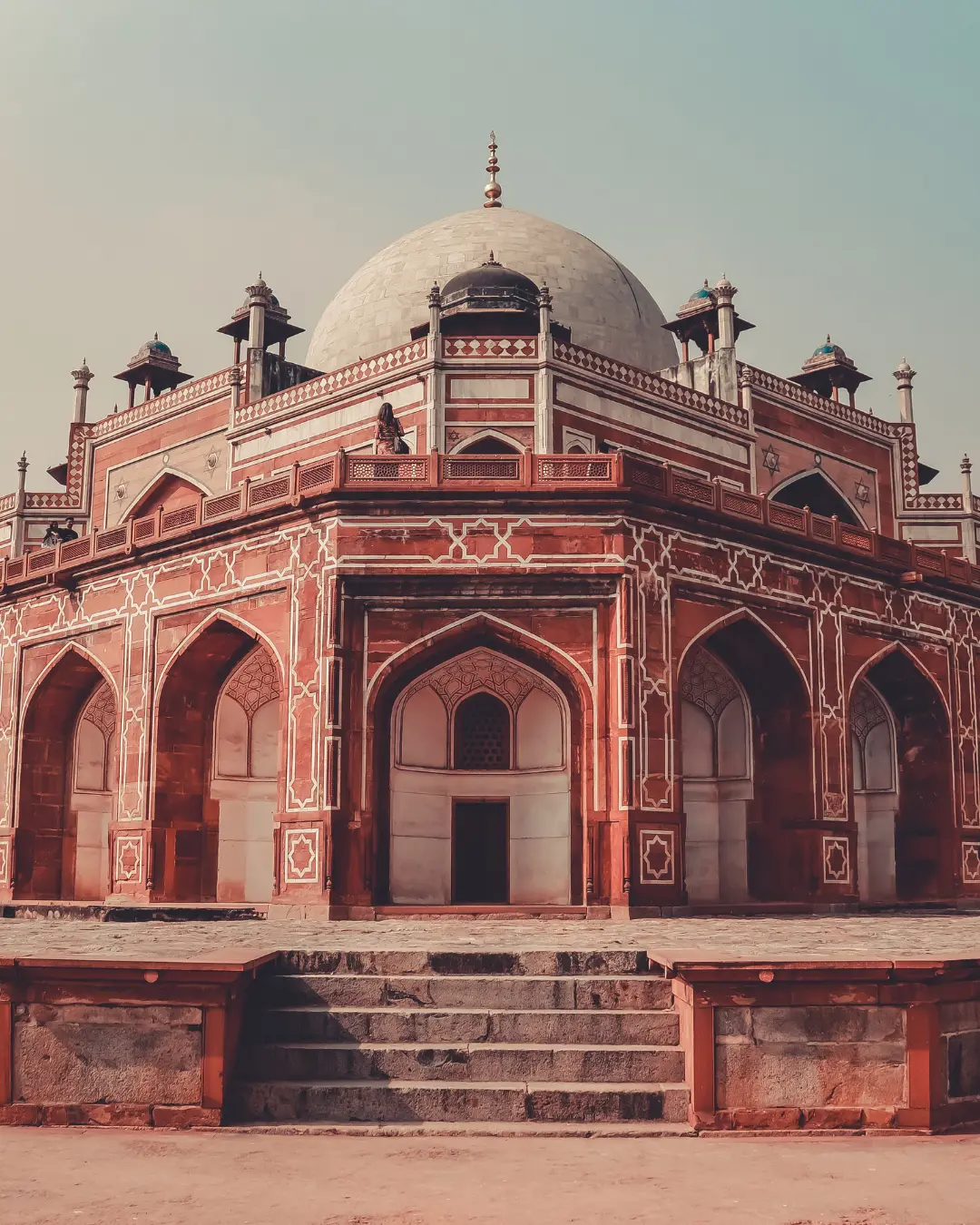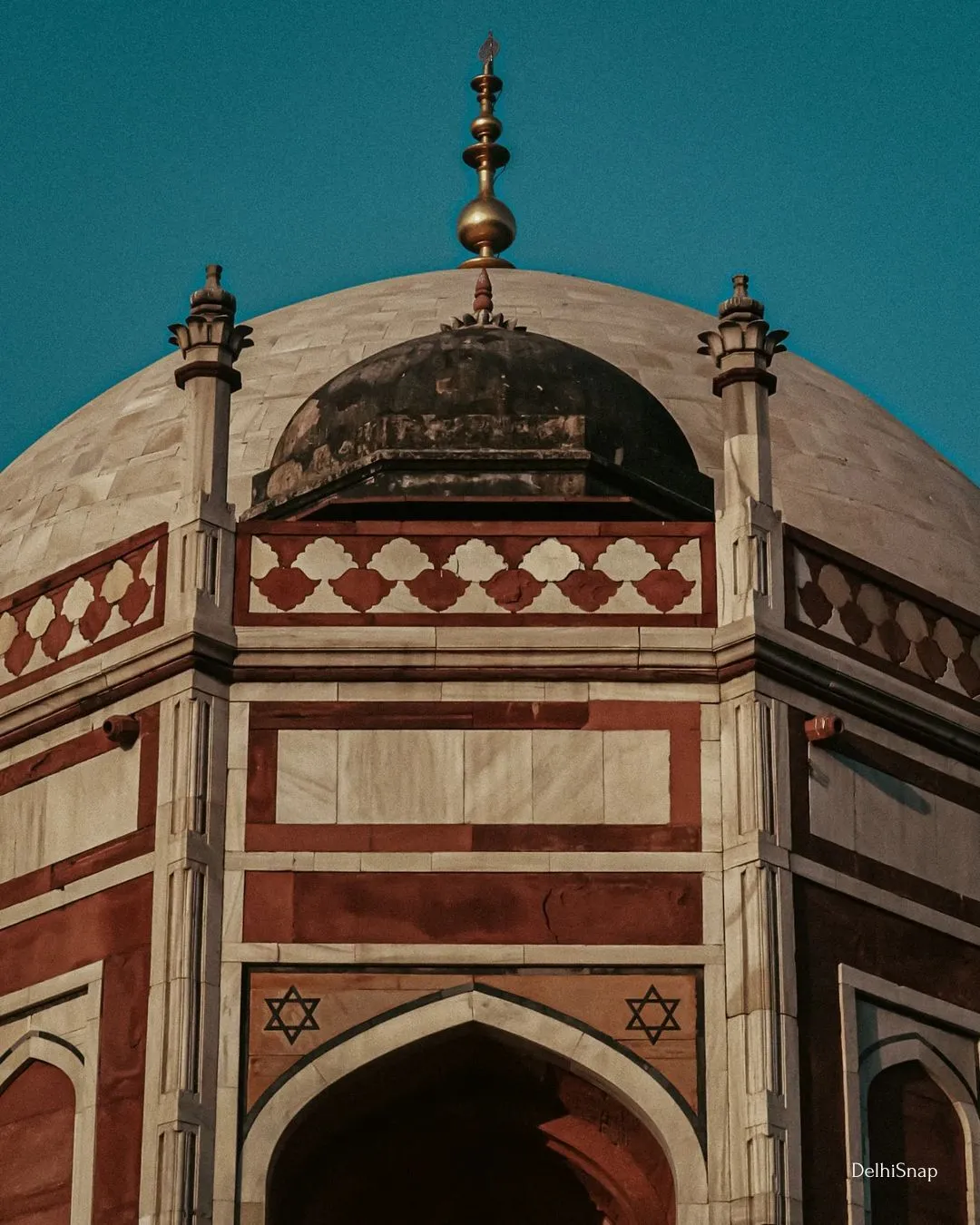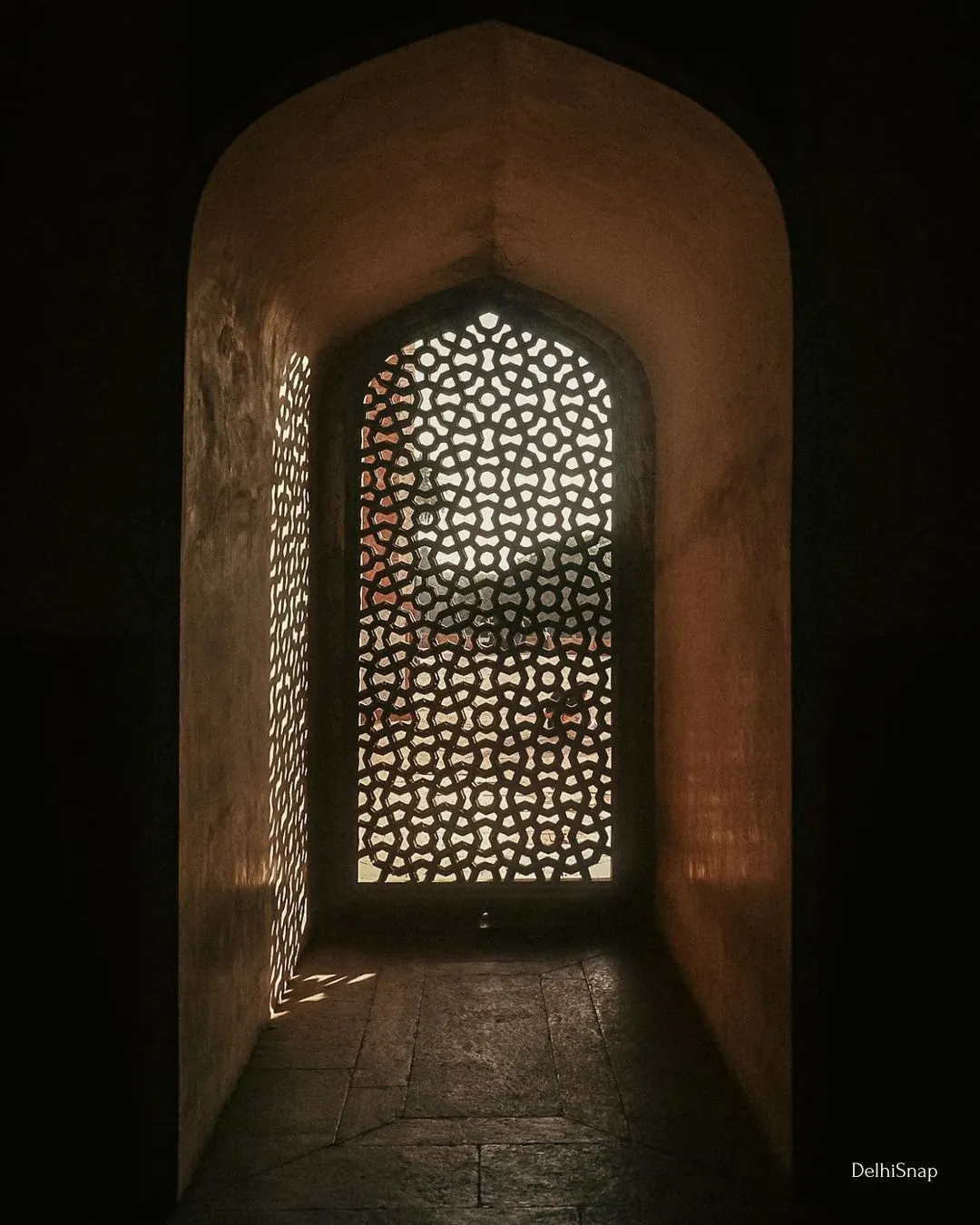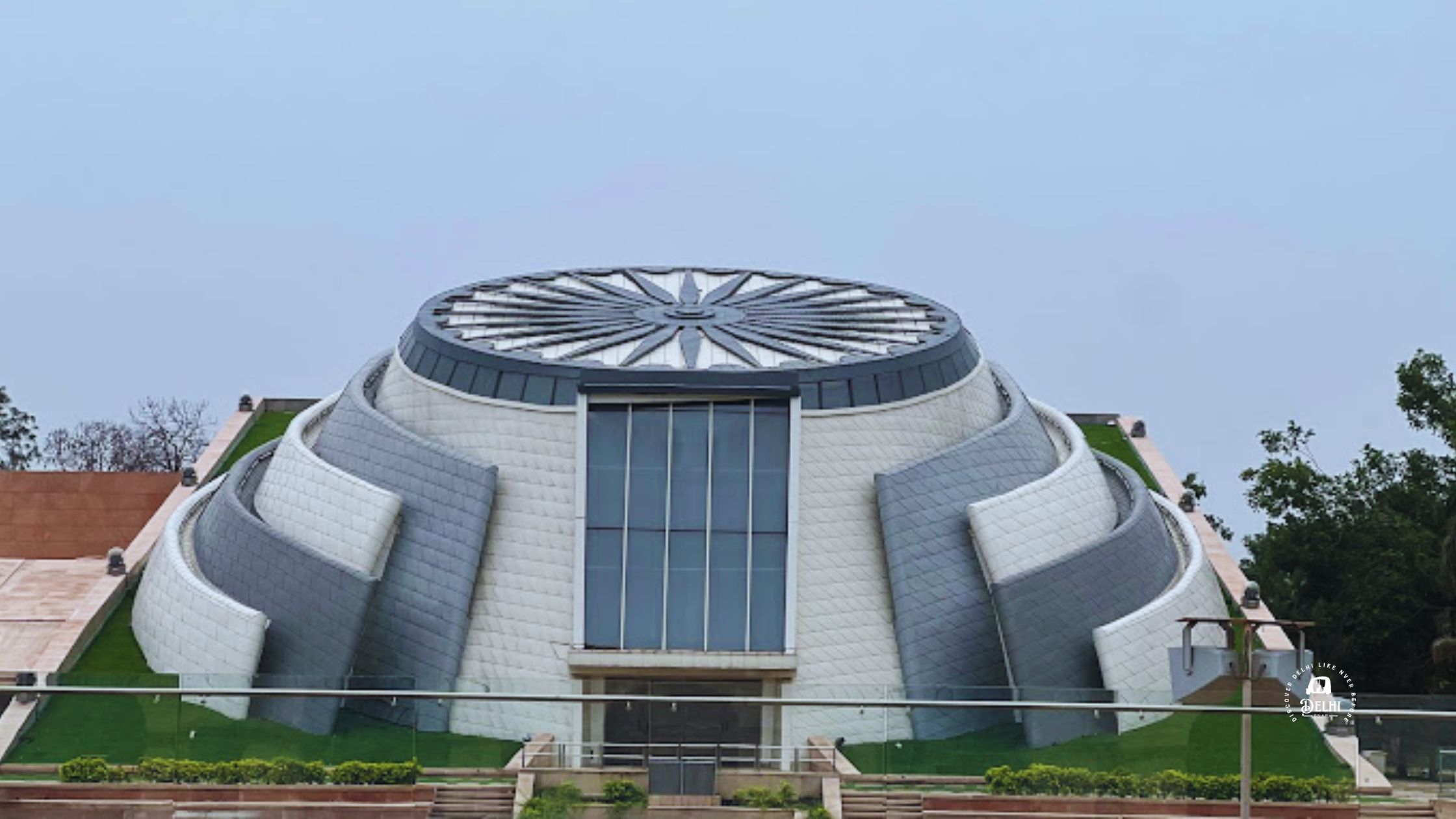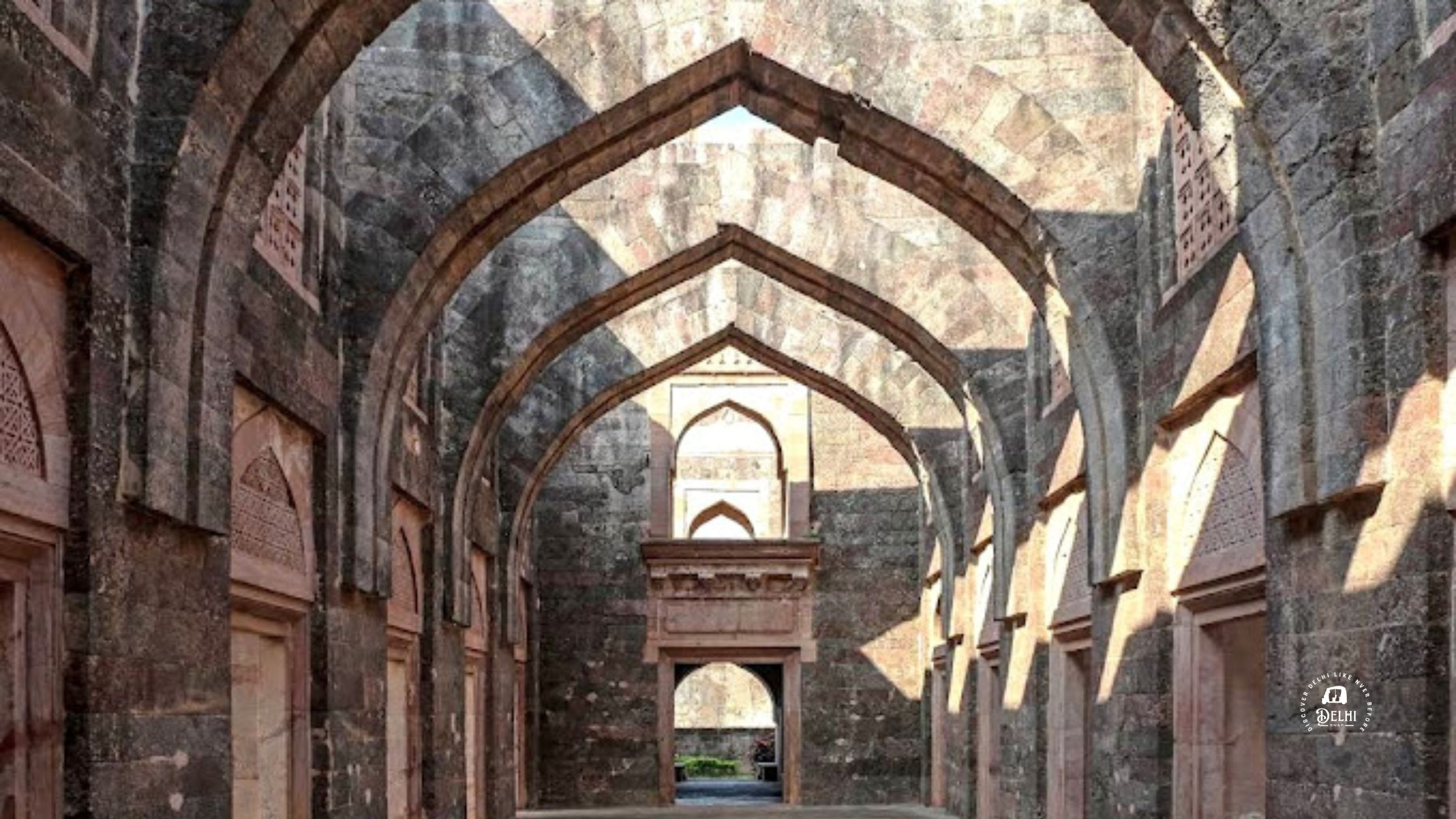If you’re a solo traveler or a cultural explorer with a soft spot for history, art, and a little bit of masti, then the Humayun’s Tomb in Delhi should definitely be on your radar.
Trust me, it’s not just another monument; it’s like stepping into a royal time machine and getting lost in the grandeur of Mughal architecture. And don’t worry, you won’t need a time-traveling machine, just some comfy shoes and a little curiosity to wander through this beautiful UNESCO World Heritage Site.
Where is Humayun’s Tomb?
The tomb is located in Nizamuddin East, South Delhi. It’s not too far from the buzzing markets of Khan Market or the chilled vibes of the Lotus Temple. So if you’re in the mood for a little bit of shaadi wala khana or dilli ki chaai after your sightseeing, you’ve got options nearby.
Address:
Humayun’s Tomb, Mathura Road, Nizamuddin East, Delhi – 110013
Timings: When to Visit Humayun’s Tomb
If you’re an early riser (kudos, you champion) or someone who wants to avoid the Delhi heat, I’d suggest hitting up the tomb as soon as it opens. Here are the official timings:
Open Hours:
- Daily: 6:00 AM to 6:00 PM
(Closed on Mondays, so don’t go making plans like a dimaag ka dahi when it’s shut!)
The tomb stays open all week, but if you want to experience it without the typical Delhi crowd, try getting there as early as possible. You’ll have the place almost to yourself — just you, the Mughal marvels, and maybe a few stray pigeons. For that perfect Instagram shot? Yup, early morning’s the golden hour.
What’s the Buzz About Humayun’s Tomb?
Let’s get to the fun stuff – why you should make the effort to come here. Here’s the deal: Humayun’s Tomb isn’t just a regular burial site. Nope, it’s an architectural gem that has stories etched in its walls. Built in 1570 by Humayun’s wife, Empress Bega Begum, this tomb was the first garden tomb in India. If you’ve ever been to the Taj Mahal and thought, “Wow, this is next-level,” well, the Taj has its roots here. Humayun’s Tomb inspired the design of the Taj, so yeah, it’s kind of a big deal.
The tomb is a stunning example of Mughal architecture, complete with lush Persian-style gardens (called Char Bagh), reflective water channels, and beautiful red sandstone. The high ceilings, intricate carvings, and well-maintained pathways will make you feel like you’ve walked into a Mughal painting. Seriously, it’s photogenic as hell.
Pro Tip: Don’t forget to check out the various tombs scattered around the tomb complex. Humayun wasn’t the only one resting in peace here – several Mughal emperors and their family members are laid to rest in these serene surroundings.
Things You’ll Notice
- Red Sandstone Everywhere – The tomb’s dominant red sandstone is like the Mughal version of a bhole ka ghoda. It’s classic, it’s royal, and it gives off a very majestic vibe.
- The Dome – The huge dome that sits atop Humayun’s Tomb is a showstopper. You’ll probably find yourself staring at it for longer than you expect, imagining what it must have been like back in the day when it was freshly built.
- The Gardens – The gardens here are perfect for a stroll or even a peaceful sit-down. If you’re someone who loves to reflect or just chill, this is your spot. You can even catch some locals doing yoga or enjoying a family picnic — the vibe here is really laid-back, so don’t feel pressured to rush.
- Not Just a Tomb – The whole complex is full of historical nuggets. You can wander through the various gates, smaller tombs, and smaller structures. If you’re the kind of traveler who’s always looking for cool details, you’ll be thrilled with all the hidden gems scattered around.
Ticket Price – What’s the Damage?
- Indians: ₹40
- Foreigners: ₹600
- Students: ₹10 (Indian) | ₹100 (Foreign)
Not bad, right? Considering the history you’re getting to experience, it’s totally worth it. Pro tip: If you’re a foreigner, make sure to carry your ID or passport to get the international visitor ticket.
Do’s and Don’ts at Humayun’s Tomb
Do:
- Take a moment to enjoy the gardens. Don’t rush. Trust me, it’s not a race.
- Wear comfortable shoes – there’s a lot of walking, and you’ll want to take your time.
- Carry water with you. The Delhi heat can sometimes catch you off guard. Stay hydrated, bhai!
- If you’re feeling artsy, bring along your sketchbook or camera to capture the stunning architecture.
Don’t:
- Don’t bring food or drinks inside (unless it’s water).
- Don’t touch the artwork or carvings — let’s preserve history, yaar.
- Don’t litter! We’ve got enough problems in Delhi, so don’t add to it.
Fun Fact
Here’s a little tidbit for you: The Mughal emperors were known for their love of grand gardens. The idea behind the four-part garden (or Chahar Bagh) was symbolic of paradise. So yeah, when you’re walking through these gardens, you’re technically strolling through a representation of heaven. A little heavy, but cool, right?
Final Thoughts: Should You Go?
A big fat yes! Whether you’re into history, architecture, photography, or just looking for a peaceful escape from the chaos of Delhi, Humayun’s Tomb has something to offer. It’s perfect for solo travelers who want to lose themselves in the beauty of the past, and it’s also a great spot for cultural explorers who want to dive deep into the Mughal legacy.
So grab your hat, put on your walking shoes, and take a deep breath of that old Delhi air (with a pinch of modern-day smog). Humayun’s Tomb is waiting to give you a taste of royal history, beautiful gardens, and a slice of peace in the heart of the city.
Happy exploring, doston!

